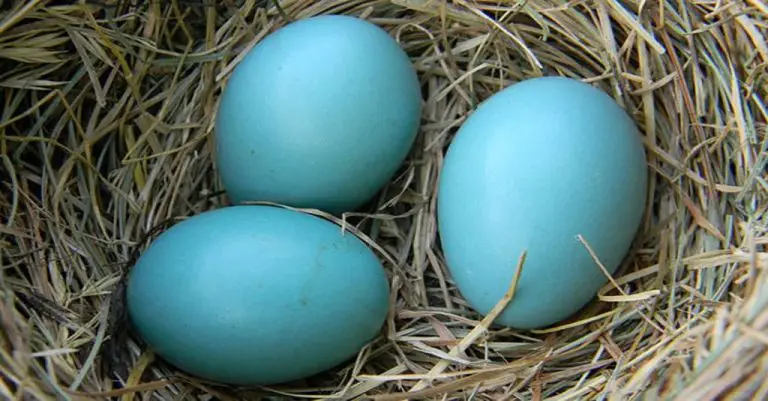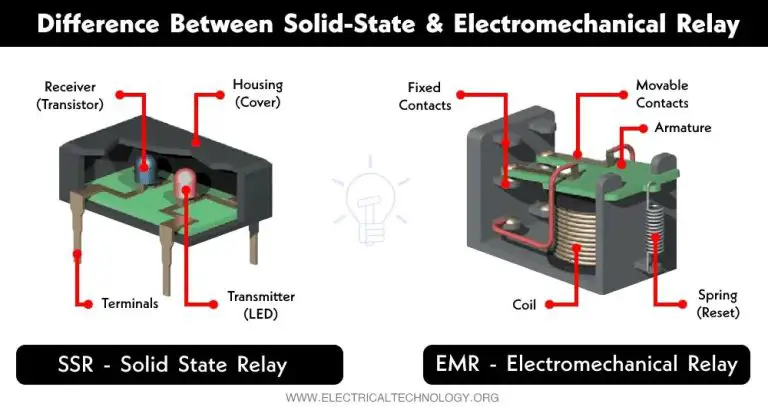How Do You Reduce Clay Content In Soil?
What is Clay Soil?
Clay soil is soil that has a high percentage of clay particles. Clay particles are the smallest of all soil particles, measuring less than 0.002 mm in diameter. Due to their small size, clay particles have a very high surface area relative to their volume. This allows them to adsorb and retain water and nutrients very efficiently.
The small size of clay particles also reduces the space between particles, limiting airflow and drainage. As a result, clay soils tend to become compacted over time. While clay provides nutrients for plants, its poor drainage can make it difficult for plant roots to access air and water.
Problems with Clay Soil
Clay soil can be very problematic for gardeners and homeowners. Here are some of the main issues caused by high clay content:
Poor drainage – Clay particles are very small, which means when compacted together they leave little space for air pockets and water drainage. During rains, waterlogged clay soil prevents proper oxygen flow to plant roots. After rains, water pooling can cause erosion and nutrient leaching.
Hard when dry – As clay dries, it becomes very hard and compact. This makes it difficult for plant roots to penetrate and expand properly. It also prevents proper circulation of air and water.
Sticky when wet – When wet, clay becomes extremely sticky and muddy. This causes issues like soil compaction, poor seed germination, and can make planting or digging very messy and challenging.
Test Soil Composition
To determine the exact percentage of clay in your soil, you can perform a simple jar test. Take soil samples from around your yard and put them in a glass jar with water. Shake vigorously to separate the soil components. Allow the jar to sit undisturbed for 1-2 days. The sand will settle to the bottom, silt in the middle, and clay on top. Measure the thickness of each layer and calculate percentages.
For a more accurate test, send soil samples to a lab for analysis. Labs can provide precise measurements of sand, silt, clay, organic matter, pH, and nutrient levels. This will tell you the soil texture classification and if anything needs adjusting for optimal plant growth. While lab tests cost more, they provide professional guidance based on science.
Add Organic Matter
Adding organic matter like compost or manure can help loosen and improve drainage in clay soil. As the organic matter decomposes, it creates small air pockets in the soil that provide space for water to drain. Compost and manure also add nutrients that help plants establish better root systems.
Avoid adding wood chips or sawdust as they can initially tie up nitrogen in the soil as they decompose. Instead, opt for composted materials like leaf mold, composted manure, grass clippings, or sphagnum peat moss. Mix in 2-3 inches of organic matter to the top 6-8 inches of soil before planting.
Over time, continuous additions of organic matter will help reduce the clay content. As drainage improves, the clay particles will be carried away with the drainage water, gradually increasing the loamy characteristics of the soil.
Add Gypsum
One way to effectively reduce the clay content in soil is to add gypsum. Gypsum is a mineral composed of calcium sulfate. It works to break up compacted clay soils by binding the tiny clay particles together. This allows the clay to settle into larger particles, creating more space for water drainage in the soil.
When gypsum dissolves into the soil, the calcium ions bind with water molecules and are able to penetrate between the layers of clay particles. This allows the clay to flocculate, or group together into larger particles. The larger particle size creates more pore space in the soil for better water drainage.
In addition to improving drainage, gypsum adds valuable calcium and sulfur to the soil – both of which are nutrients plants need. The calcium in gypsum can displace sodium ions, helping to improve sodic soils. The sulfate also provides nutrient sulfur to plants.
The easiest way to apply gypsum is to broadcast it over the soil surface. Use around 1-2 pounds per square yard. You can also till gypsum several inches down into the soil. It’s best to apply gypsum when the soil is moist so it can readily dissolve.
Over time, the gypsum will continue working to loosen compacted clay soils. The benefits typically last several years. Adding gypsum to clay soil is an inexpensive and effective solution for improving drainage and plant root growth.
Try a Sand Layer
One way to reduce the clay content and improve drainage is to add a sand layer. Here’s how it works:
You’ll dig down into the soil 6-12 inches and add a layer of coarse builder’s sand. Make sure not to mix the existing soil and sand together too much – you want the sand to create distinct drainage layers. The sand particles are larger than clay, so water flows through more freely.
The key is putting down at least a 3-6 inch layer of sand. Dig just deep enough to allow room for the sand without fully disrupting the soil profile. Tamp the sand into place lightly and then replace the topsoil. Over time, the clay and sand will mix somewhat, but you’ll still reap the drainage benefits.
Adding a sand layer can be labor intensive, so it’s best for small areas like gardens or lawns rather than entire fields. But it’s an effective way to reduce clay content and improve permeability.
Grow Deep Rooted Plants
Certain deep rooted plants can help break up compacted clay soil over time. Carrots are one of the best options, as their long taproots penetrate deep into the soil, creating channels for air and water. Trees also have extensive root systems that push through heavy clay.
On the other hand, grasses and turf have short root systems that do little to improve clay soil structure. Their roots only grow 1-6 inches deep, which is not enough to break up dense, compacted clay. Therefore, choose deep rooted perennials, shrubs and trees over a lawn when trying to improve clay soils.
Add Coarse Rocks
Adding coarse rocks can help break up clay soil and improve drainage. The rocks create small channels in the soil that allow water to pass through more freely. This helps prevent waterlogging and reduces the compacting effects of excessive moisture.
To add rocks:
- Obtain rocks that are approximately 1-3 inches in diameter such as pea gravel or river rocks.
- Spread the rocks over the soil surface 2-3 inches deep.
- Use a garden fork to lightly mix the top few inches of soil and rocks together which helps create drainage channels.
- Cover with 2-3 inches of mulch on top of the rocks to help reduce evaporation and moderate soil temperature.
The coarse rocks provide air pockets in the soil that plant roots can grow into. The mulch layer helps retain moisture while allowing excess water to drain away. This improved aeration and drainage helps plants establish stronger root systems. Over time roots penetrate compacted clay and naturally improve the soil structure.
Aerate Compacted Areas
Compacted soil refers to ground that is too dense for roots to penetrate or water to percolate through. Excessive foot traffic, constant wet conditions, repetitive tillage, and heavy machinery can all cause soil compaction over time. Aerating is an effective way to relieve this compaction and improve drainage in clay soils.
There are several methods to aerate compacted areas:
- Use an aeration machine that punches holes into the ground. This allows air, water and nutrients to reach plant roots. Aeration should be done when the soil is dry enough to fracture.
- Install drainage tile underground. This helps water bypass densely compacted layers rather than pooling on the surface.
- Till organic matter into the soil. Materials like compost, manure, leaves, hay and straw increase soil porosity.
- Plant deep rooted crops. The growth and decomposition of long taproots create natural pathways for air and moisture.
- Allow grass to grow taller before mowing. Longer grass blades help break up compaction.
Aerating even once a year can make a significant difference in soil density and plant health. It’s an inexpensive way to improve drainage and loosen tightly compacted clay. Over time, aeration and organic amendments will create a looser, more porous soil structure.
Slope Land for Drainage
Improving drainage is crucial for reducing clay content in soil. Clay particles easily become waterlogged, compacted, and boggy. Sloping the landscape can help prevent standing water.
For flat areas in your yard or garden, consider grading the land to create a slight slope. The ideal slope is around 1-2% or 1-2 feet of fall over 100 feet. This minor slope allows gravity to pull excess moisture downhill and away from plant roots.
Installing drainage tiles or ditches at the end of the slope can also improve drainage. These will collect the excess water and channel it to an appropriate outlet away from your landscape. Be sure to slope the tiles or ditch so water flows downhill. Getting the water away from clay soil is key to improving the soil composition long-term.
Proper grading and drainage will make a major difference in reducing waterlogged conditions. Clay particles will have a chance to dry out instead of remaining perpetually soggy. Over time, this can loosen compacted areas and lower the clay percentage in the soil.






